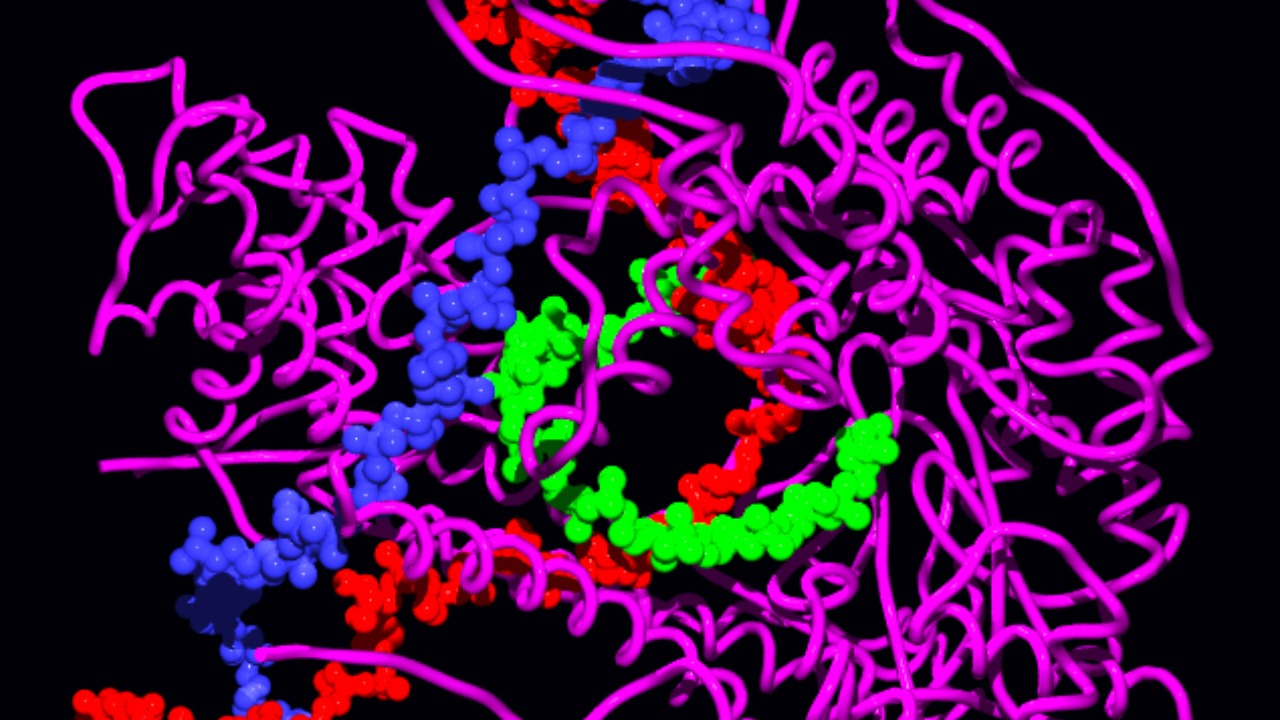
The thylacine, more commonly known as the Tasmanian tiger, was declared extinct over eight decades ago. However, recent advances in scientific research have enabled the recovery of RNA from this long-extinct animal, marking a significant breakthrough in the field of genetics and potentially impacting future conservation efforts.
Understanding the Thylacine

The thylacine was an intriguing creature, notable for its unique biology and distinct habitat. It was the largest known carnivorous marsupial of modern times and was native to continental Australia, Tasmania, and New Guinea. The thylacine boasted distinct physical characteristics, such as a slim, elongated body, a head with a pointed snout, and a pouch for carrying its young, similar to a kangaroo. It held a significant place in the ecosystems of these regions, playing the role of a top predator.
Unfortunately, the thylacine fell victim to a number of factors that led to its extinction. Predominantly, the arrival of European settlers in Australia resulted in habitat loss and a rapid decline in their population due to hunting. The last known thylacine died in captivity in the Hobart Zoo, Tasmania, in 1936, marking the official extinction of this unique species.
RNA Recovery Techniques

RNA, or ribonucleic acid, is a fundamental component of genetic research. It plays a crucial role in protein synthesis and gene regulation, thereby holding the key to understanding the genetic makeup of an organism. Extracting RNA from extinct species, however, is a significant challenge due to its fragile nature and the propensity to degrade over time.
Despite these challenges, scientists have made groundbreaking strides in recovering thylacine RNA. They utilized advanced techniques such as the extraction of RNA from preserved specimens and subsequent amplification of the extracted RNA. The RNA was then sequenced and analyzed, yielding vital information about the genetic makeup of the thylacine. This marked a significant accomplishment in the field of genetics and paleobiology.
Significance of Thylacine RNA Recovery

The recovery of thylacine RNA signifies a monumental shift from traditional DNA-based research. Unlike DNA, which provides a static view of an organism’s genetic information, RNA can offer insights into the dynamic nature of gene expression. This can provide a more detailed understanding of an extinct species’ biology and its adaptations to its environment.
While the potential applications of recovered RNA in genetic studies are vast, there are also limitations to consider. The quality of RNA can vary depending on the condition of the preserved specimen, and contamination during the extraction process can affect the integrity of the data. Nevertheless, the insights gained from the genetic makeup of the thylacine from the recovered RNA are invaluable for the advancements in genetics and paleobiology.
Potential Impacts on De-extinction

The concept of de-extinction—bringing extinct species back to life—has been a contentious topic in scientific and ethical discussions. Some argue that the resources spent on de-extinction would be better used for conserving endangered species, while others see it as a means to rectify past human-induced extinctions.
With the recovery of thylacine RNA, the debate surrounding de-extinction has gained new momentum. This breakthrough contributes to the discussion by providing valuable genetic information that could potentially be used to resurrect the species. However, the feasibility of thylacine de-extinction remains uncertain, given the current limitations of cloning technologies and the ethical implications of such endeavors.
Implications for Conservation Efforts

Genetic research has the potential to significantly aid in the conservation of endangered species. By understanding an organism’s genetic makeup, scientists can gain insights into its adaptability to environmental changes, disease resistance, and overall survival. This information can inform strategies to promote the preservation of these species.
The role of genetic diversity in species survival is also crucial. Greater genetic diversity within a population increases its ability to adapt to changing environments and resist diseases. From the thylacine’s extinction, we learn a valuable lesson about the importance of maintaining genetic diversity to prevent similar occurrences in the future. As we advance in our understanding of genetics through breakthroughs like thylacine RNA recovery, we are better equipped to inform and enhance future conservation efforts.